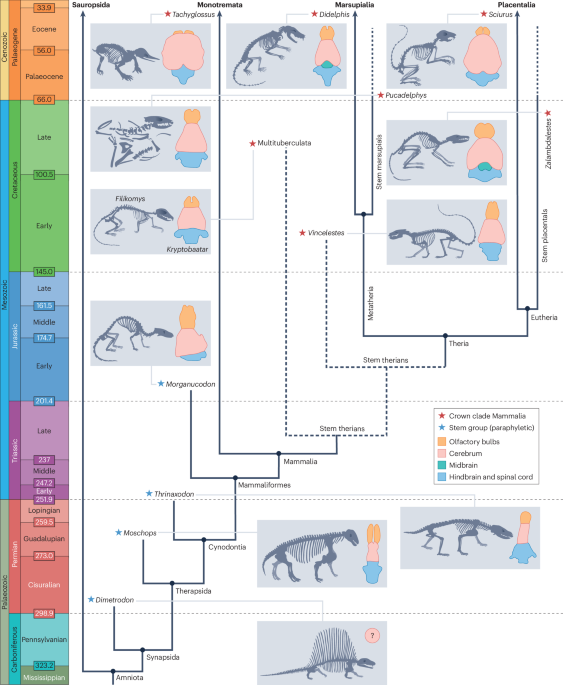A marketing authorization application (MAA) for the use of relacorilant in patients with platinum-resistant ovarian cancer has been submitted to the European Medicines Agency, according to an announcement from Corcept Therapeutics Incorporated.1
The submission was supported by findings from the
“Our MAA submission brings us a step closer to our goal of delivering relacorilant to patients with platinum-resistant ovarian cancer,” Joseph Belanoff, MD, chief executive officer of Corcept Therapeutics, stated in a news release. “Better treatment options are urgently needed. Relacorilant has the potential to redefine how platinum-resistant ovarian cancer is treated.”
Status of Relacorilant in Platinum-Resistant Ovarian Cancer: Top Takeaways
- Corcept Therapeutics has submitted a marketing authorization application to the EMA for relacorilant plus nab-paclitaxel in platinum-resistant ovarian cancer, following positive phase 3 ROSELLA and other phase 2 data.
- In ROSELLA, the combination improved median PFS to 6.54 months vs 5.52 months and OS to 15.97 months vs 11.50 months.
- Relacorilant showed a manageable safety profile, requires no biomarker testing, and is an oral agent that could be easily integrated into current treatment practice.
- A new drug application for relacorilant in this patient population is also under FDA review.
What Was the ROSELLA Study Schema?
The phase 3 trial enrolled patients (n = 381) with epithelial ovarian, primary peritoneal or fallopian tube cancer who experienced progression within 6 months after their last dose of platinum therapy.2 Patients had an ECOG performance status of 0 or 1, had previously received 1 to 3 lines of therapy, and had prior exposure to bevacizumab (Avastin).
Participants were randomized 1:1 to receive 150 mg of relacorilant plus 80 mg/m2 of nab-paclitaxel or 100 mg/m2 (n = 188) of nab-paclitaxel alone (n = 193). Treatment continued until disease progression or intolerable toxicity. Stratification factors included prior lines of therapy (1 vs >1) and region (North America vs Europe vs Korea, Australia, and Latin America).
The dual primary end points of the study were PFS by blinded independent central review and RECIST 1.1 criteria and OS. Secondary end points included investigator-assessed PFS, objective response rate (ORR), duration of response, clinical benefit rate (CBR), response by CA-125 Gynecologic Cancer Intergroup (GCIG) criteria, combined response by GCIG and RECIST criteria, and safety.
The median patient age was 61 years (range, 26-85) in the relacorilant arm and 62 years (range, 33-86) in the nab-paclitaxel–alone arm. Most patients were White (72.3% vs 69.9%), and slightly more than half were from Europe (56.9% vs 56.5%). About one-third had an ECOG performance status of 1 or 2 (28.2% vs 32.6%), and around 12% had BRCA1/2 mutations (12.2% vs 12.4%). In the experimental arm, 8.0%, 48.9%, and 43.1% of patients received 1, 2, or 3 prior lines of therapy, respectively; in the control arm, these respective rates were 9.3%, 46.1%, and 44.6%. In the experimental arm, 6.9% of patients were primary platinum refractory, 35.6% had received at least 1 prior line of therapy in the platinum-resistant setting, and 4.3% had prior taxane exposure in the platinum-resistant setting; in the control arm, these rates were 6.7%, 42.5%, and 3.6%. Prior therapies received in the combination and monotherapy arms were bevacizumab (100%; 100%), taxanes (99.5%; 99.5%), pegylated liposomal doxorubicin (64.4%; 64.8%), and PARP inhibition (60.6%; 62.2%).
What Were the Efficacy and Safety Data From ROSELLA?
The median PFS with relacorilant plus nab-paclitaxel was 6.54 months (95% CI, 5.55-7.43) vs 5.52 months (95% CI, 3.94-5.88) with nab-paclitaxel alone, translating to a 30% reduction in the risk of disease progression or death (HR, 0.70; 95% CI, 0.54-0.91; P = .0076). The hazard ratio for PFS per investigator assessment was 0.71 (P = .0030). The 6-month PFS rates in the respective arms were 52% and 42%; the 12-month PFS rates were 25% and 13%.
At the time of the interim analysis, which had a data maturity of 50%, the addition of relacorilant to nab-paclitaxel was also found to improve OS over nab-paclitaxel alone, at a median of 15.97 months (95% CI, 13.47-not reached) and 11.50 months (95% CI, 10.02-13.57), respectively (HR, 0.69; 95% CI, 0.52-0.92; nominal P = .0121). The 12-month OS rates in the respective arms were 60% and 49%.
The relacorilant combination elicited an ORR of 36.9% vs 30.1% with nab-paclitaxel monotherapy, translating to a 6.8% improvement (P = .17). The CBRs in the respective arms were 51.1% and 38.9%, translating to a 12.2% improvement (P = .016).
In terms of safety, ascites was found to be less common in those given relacorilant vs not, with unadjusted incidence rates of 5% and 11%, respectively, for all-grade ascites; for grade 3 or higher, the rates were 3% and 5%.
Treatment-emergent adverse effects (TEAEs) occurred in all patients who received the combination (n = 188) vs 99.5% of those who received the monotherapy (n = 190); they were grade 3 or higher for 74.5% and 59.5% of patients, respectively. Serious adverse effects (AEs) were reported in 35.1% of those in the combination arm and 23.7% of those in the monotherapy arm. AEs that resulted in treatment discontinuation for more than 2 patients were intestinal obstruction and paresthesia. No fatal AEs were tied to relacorilant.
What Is the Significance of Relacorilant in Platinum-Resistant Ovarian Cancer?
In a past interview with OncLive®,







